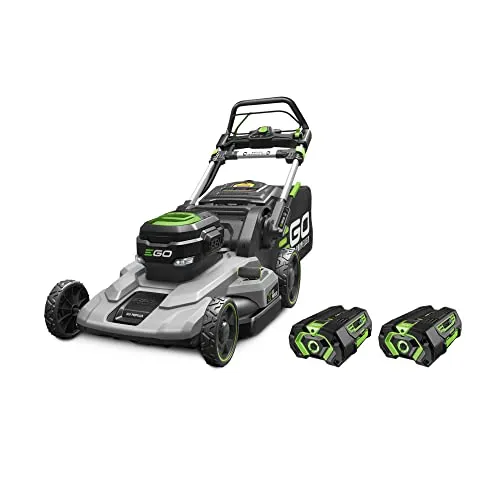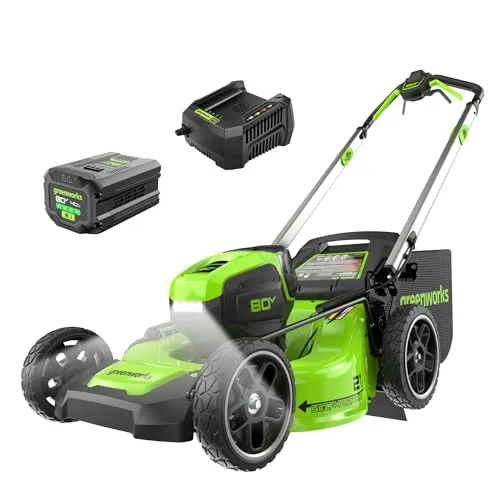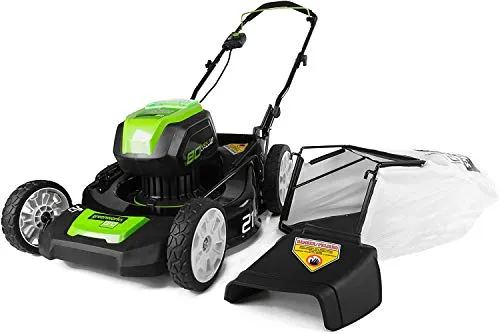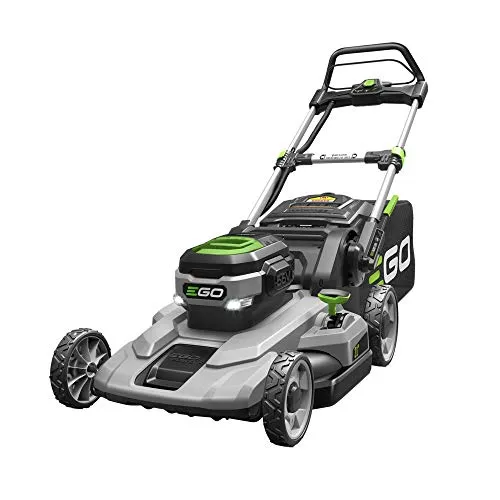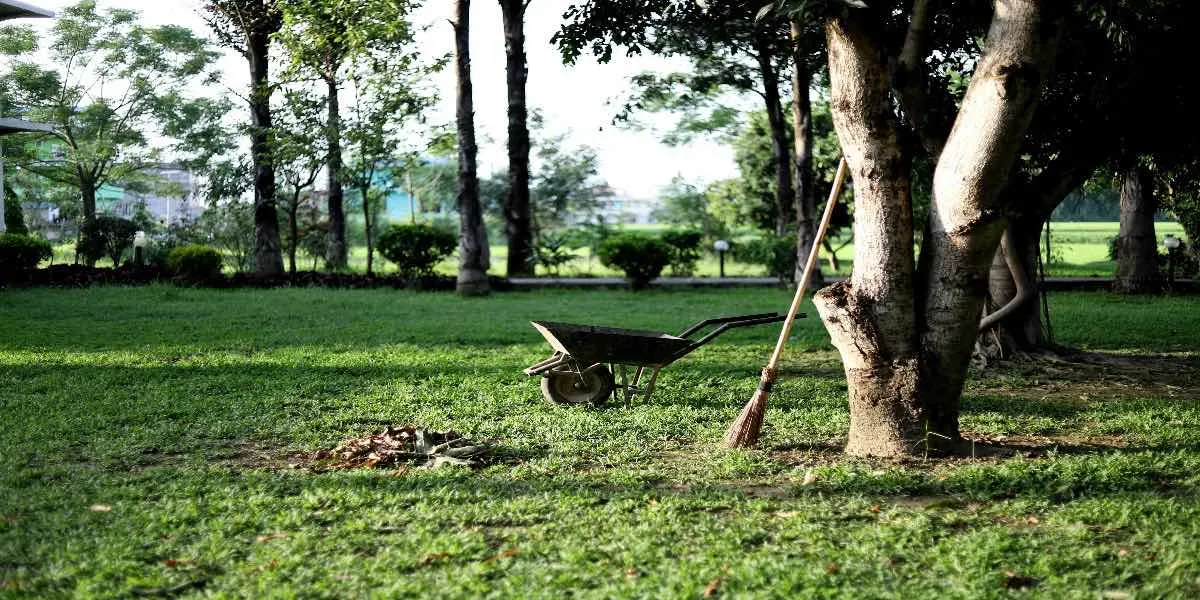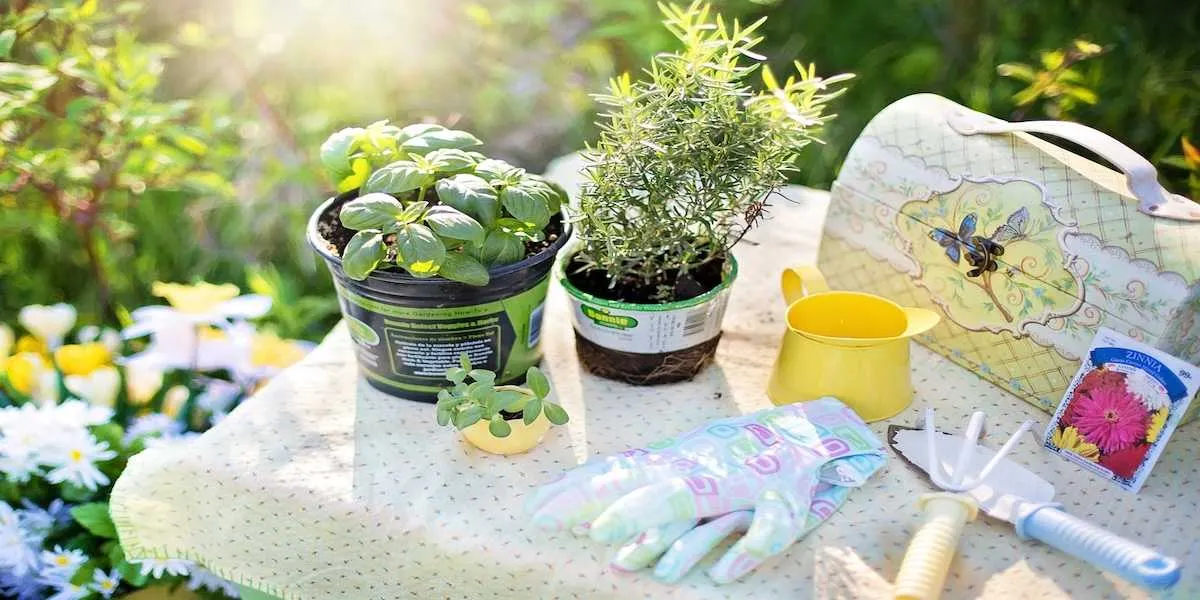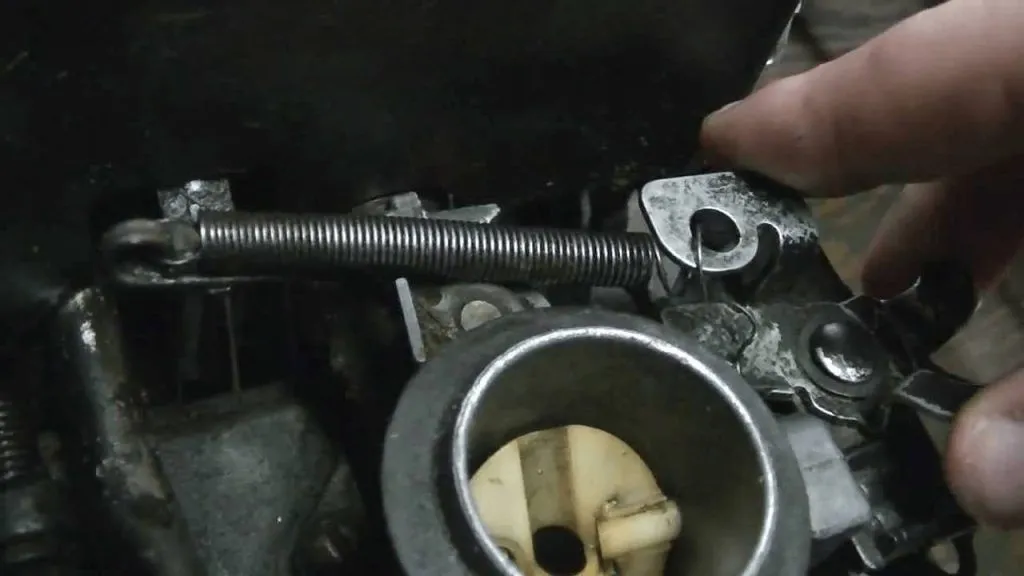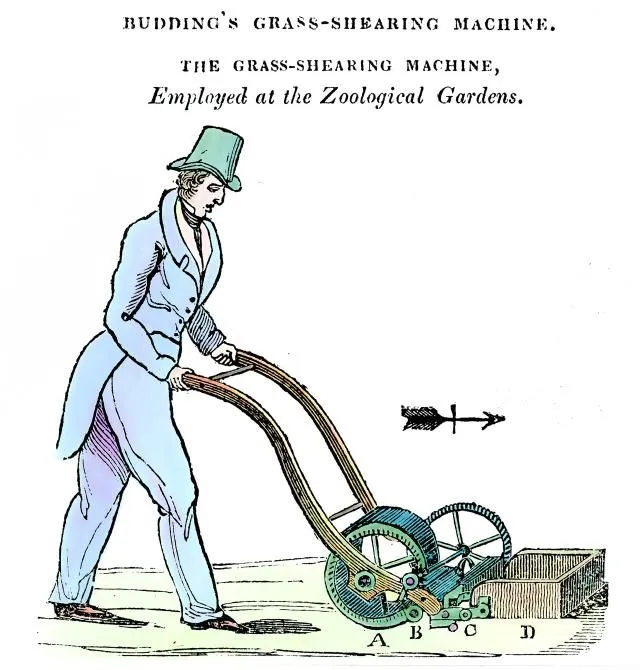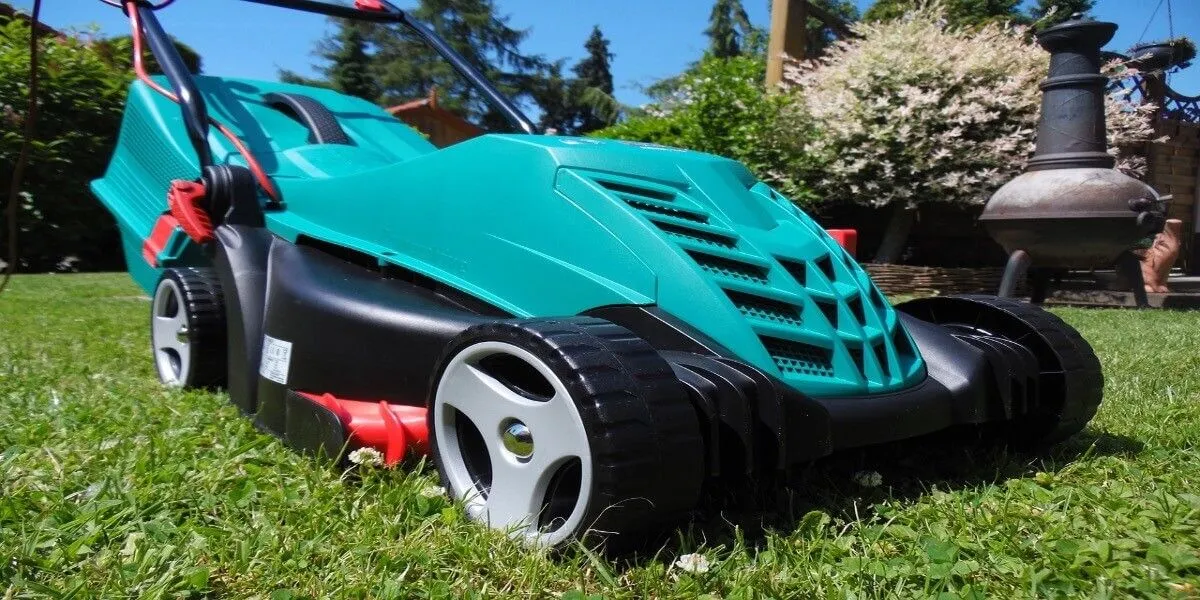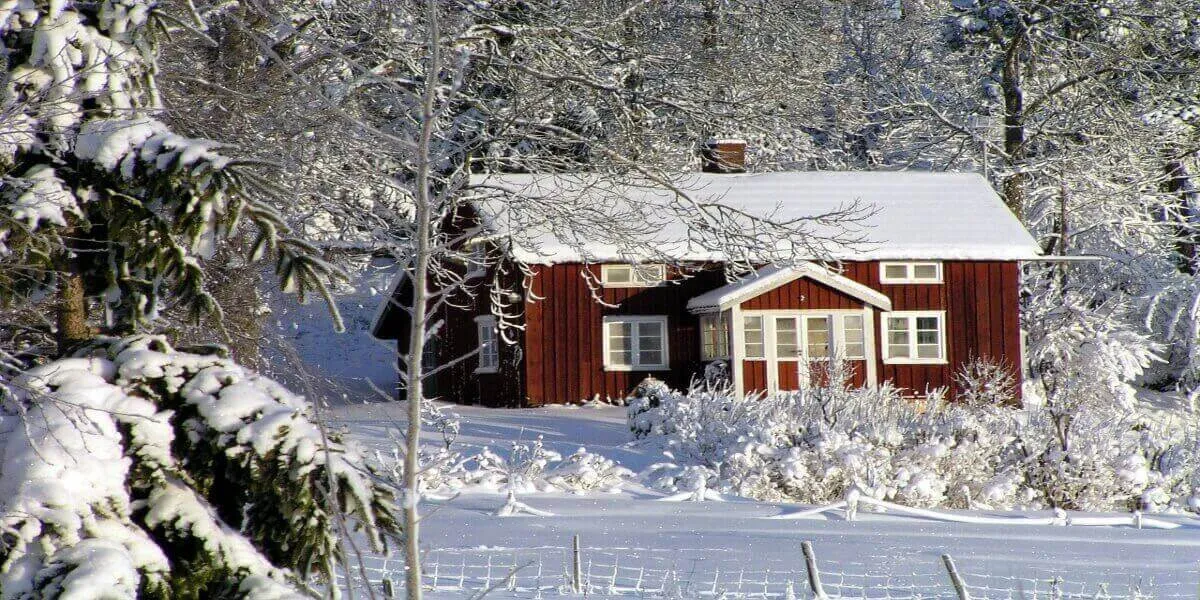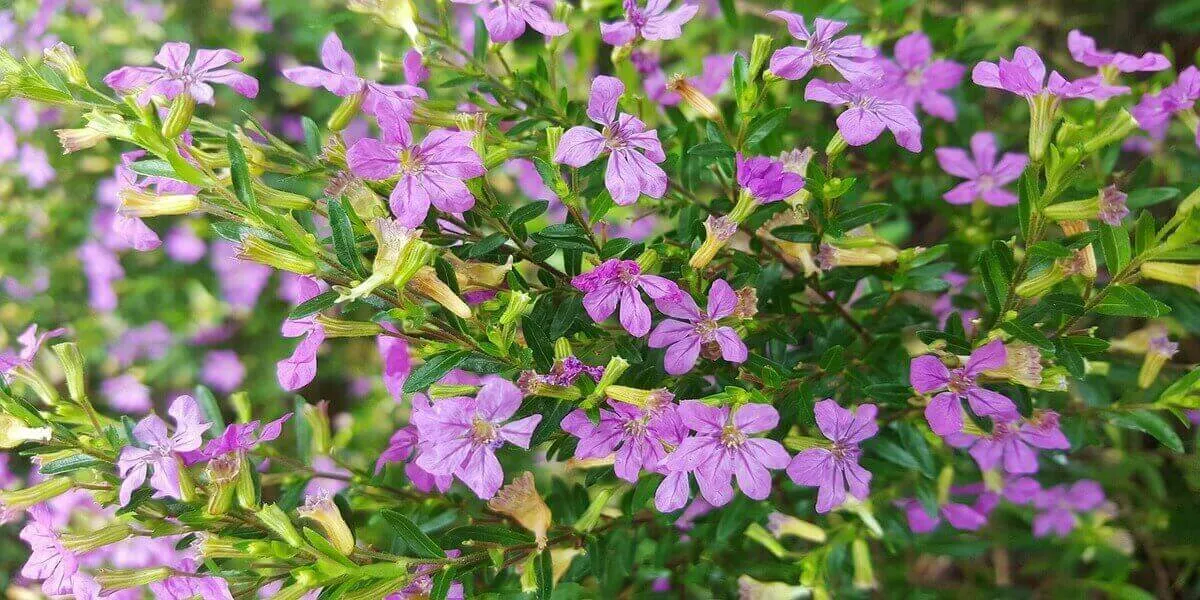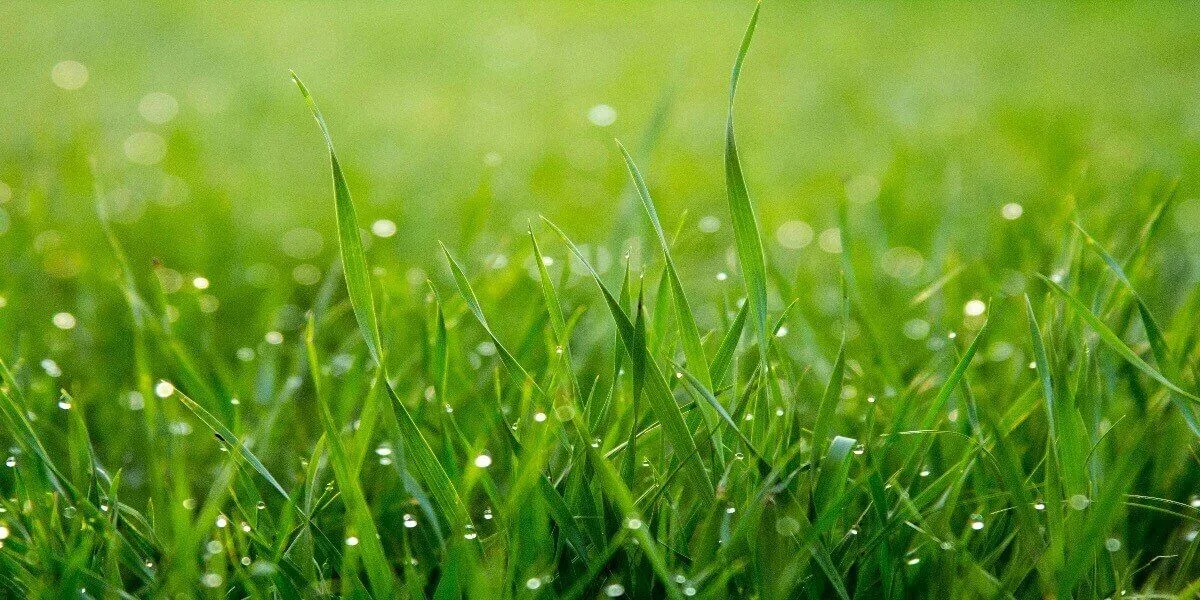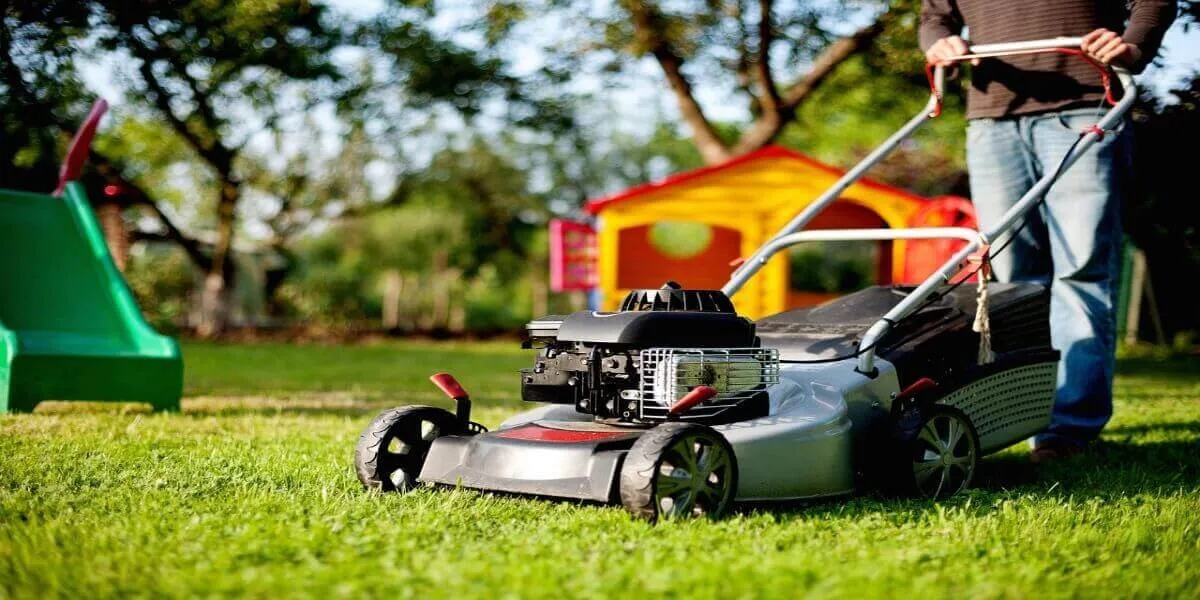7 Creative Small Vegetable Garden Ideas

Jeffrey Tung on Jan 1, 2024
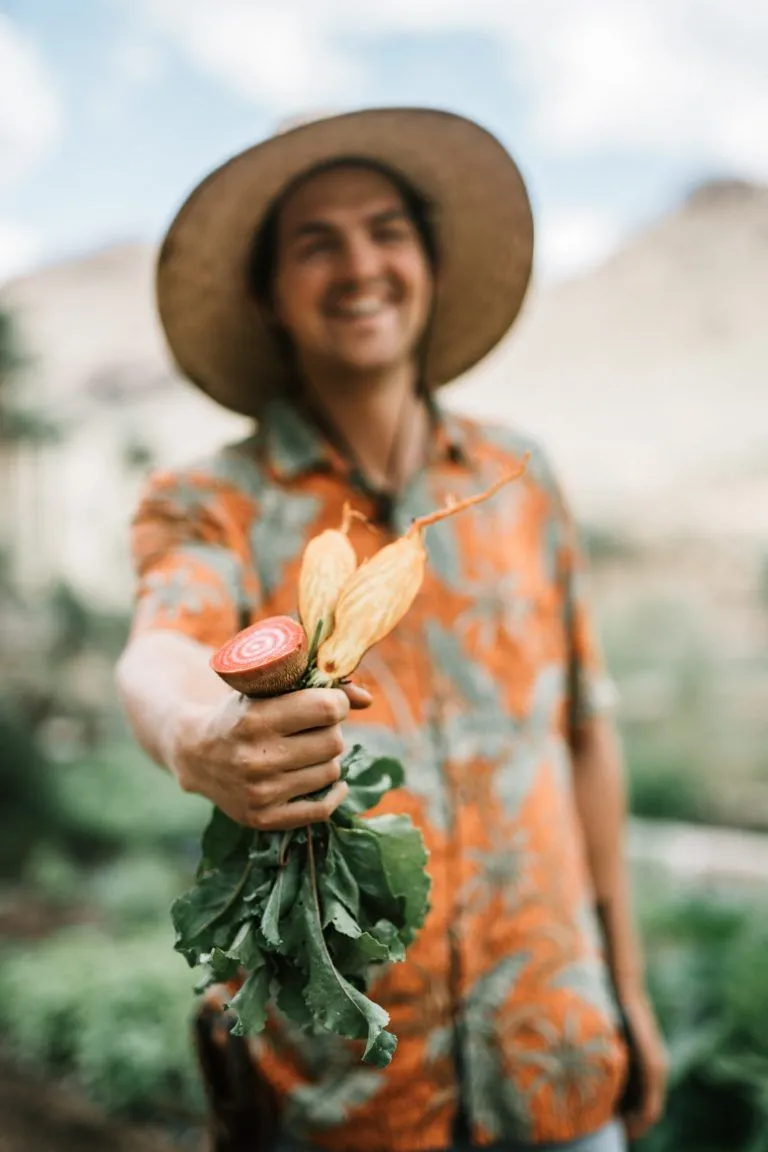
We earn affiliate commissions at no extra cost to you.
An abundant vegetable garden is always a nice addition to your home’s masterplan even if you have a small space. It’s compact, easy-to-access, and refreshing to look at. It’s also a great physical and mental exercise to plan, execute and maintain one for the long run.
Growing a vegetable garden also has good benefits. It helps you eat nutritious produce and enables you to save money too.
How do I organize my vegetable garden?
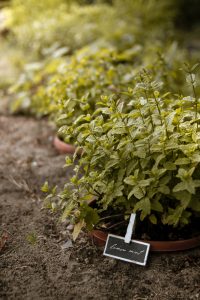
Now that you’ve decided to have your own vegetable garden, planning where to put it is the first step.
Ask yourself these few questions: What’s the shape of my available space? What’s the size? Where is it located? Is it possible for my plants to thrive in that space given the daily temperature and the amount of sunlight the area gets?
The shape, size, location and atmosphere are very important factors you should consider before starting to plant your garden in a specific area.
It’s best to group your crops through intercropping or pairing them with a plant variety that will help them grow well.
Plant them in sections or triangle to help them yield good results. Avoid overcrowding your plants to allow air circulation that’s beneficial to their growth.
Raised garden bed
Plant in a raised garden bed to reap the rewards of a healthy vegetable patch.
Having a good soil is one of the most vital components of gardening success. If your soil is compacted, water and air won’t be able to get through your plant. Transfer of nutrients from the outside elements is blocked, thereby preventing your vegetable plants to yield more produce.
To create a raised garden bed, you need to buy a triple mix soil that has top soil, compost, and black loam or peat moss. A 50/50 mix is also a good choice, which is a combination of top soil and compost. You can also search for soil packs labelled as organic vegetable and herb mix or organic garden soil.
Once you have your soil, you may place it on different containers or on your yard’s soil.
Raised garden bed material
When preparing your raised garden bed, make sure that the material it’s made from is safe and effective for keeping your plants well-hydrated.
Avoid pressure-treated wood manufactured before 2003. This material have Chromated Copper Arsenate (CCA), which is a chemical mixture of arsenic, chromium and copper. This is bad for your garden and your health too.
Don’t also use railroad ties as these can leak chemicals into your soil.
For a safe choice, select chemical-free wood made from redwood or cedar. Pine wood can also make a good material.
If you’re working on a limited budget, you may want to search for cheap raised garden beds that can be recycled from an old fence or an old structure.
What do I put on the bottom of a raised garden bed?
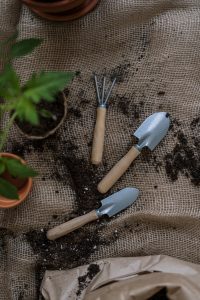
You should line your raised garden bed with gopher wire to prevent pests from destroying it. After this, put a landscape fiber to cover the wire.
Landscape fabric is either made from interlinked fibers or assembled as a solid sheet with holes for water drainage. The thicker the material, the more expensive it costs. Choose a brand that has UV protection so it could last long.
You can also put newspapers or cardboards under your raised garden bed but they are not guaranteed to last.
What vegetables should be planted together in a raised bed?
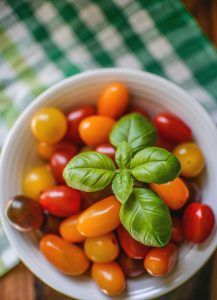
According to Country Living, vegetables that should be planted together in a raised bed can be grouped as such:
Tomatoes, basil or cilantro
The tomatoes and basil or cilantro combo not only works for cooking, they also make a good pair in your garden. While some think that basil can enhance the flavor of tomatoes, its powerful scent deters pests. In addition, pollinators get attracted to the budding flowers of basil or cilantro, making propagation easy.
Lettuce and tomatoes or eggplant
Though lettuce and tomatoes or eggplant have different growth habits, grouping them provides good results. Tomatoes or eggplants provide shade to lettuce when they grow. This intercrop planting provides this particular advantage to people who love to eat lettuce and tomatoes or eggplant.
Plants that can be planted beside tomatoes are asparagus, beans, carrots, celery, mint, onions, parsley, peppers, radishes, spinach, and thyme.
Lettuce and chives or garlic
Aphids are the usual suspects for destroying green and leafy vegetables like lettuce. The strong smell from the chives or garlic plants can help block the aphids from going near the lettuce.
Other crops that go with lettuce are asparagus, beets, brussel sprouts, cabbage, carrots, corn, cucumbers, eggplant, onions, peas, potatoes, radishes, spinach, and strawberries.
Corn, pole beans, squash or pumpkin
Known as the “Three Sisters,” this vegetable combination provided the Native Americans nourishment for the body and also for the soul as they were believed to be gifts from the gods. When the three crops are grown together, they refine the soil, prevent pests and weeds, and support each other’s growth.
The corn is regarded as the older sister that provides the beans sturdy physical support.
The pole beans plays the generous sister that takes up nitrogen from the air and distribute it to the soil for the trio’s use. The beans also provides quite a grip that hold the three plants together as it grows through squash vines and up to the corn stalks.
The squash serves as the protecting sister that offers shade to the soil through a living mulch. This sustains the coolness and moisture of the soil that in turn deters forming of weeds. The bristly squash leaves prevents pests like raccoons from damaging the plants.
Vegetable crops that can be planted with this trio are cucumbers, lettuce, peas, and potatoes.
Cabbage and chamomile
Cabbages are one of the best crops to plant beside chamomiles. The flowering plant’s responsible for attracting insects that provide benefits for cabbage’s health.
Other crops that can be planted near cabbages are beans, celery, cucumbers, dill, kale, lettuce, mint, onions, potatoes, sage, spinach, and thyme.
What vegetables should not be planted together?
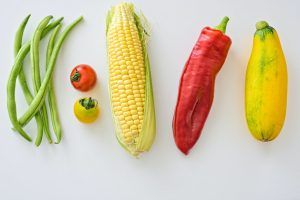
HGTV lists the following crops that should not be planted together.
Tomatoes
Tomatoes should not be planted with corn, dill, fennel, peas, potato or any crops that belong to the cabbage family. Avoid planting broccoli, Brussel sprouts, cabbage, cauliflower, corn, kale, and potatoes, beside tomatoes.
Lettuce
Separate fennel, carrot, cilantro and broccoli from lettuce as they do not bring out the best in each other.
Corn, pole beans, squash or pumpkin
Avoid putting tomatoes beside corn. Put away beans from garlic, onions, and peppers.
Cabbage
Keep your cabbages from beans, tomatoes, peppers, strawberries, broccoli, and cauliflowers.
Now that you know which crops will thrive through intercropping, choose what garden style you like most from these 7 creative small vegetable garden ideas.
Balcony or rooftop terrace

If you live in the city, chances are, you’ll either have a balcony or a rooftop terrace you can use as your vegetable garden space.
For balcony owners, planters that can be attached to balcony railings are the best choices. You can also pick shelves where you can put some of your plants.
Rooftop owners have the advantage of giving their vegetable garden good height, maximum sunlight and abundant rainwater. This combination pave the way for a thriving garden in the middle of the city.
Both balcony and rooftop gardens will also provide garden owners a relaxing place to chill out day or night.
Potted Greens
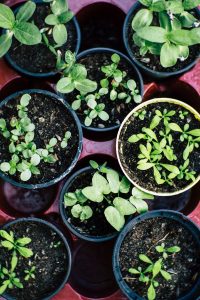
Whether it’s a one-pot wonder, a galvanized container or a rustic pot, plants in a pot are a beauty to have.
If you’re a beginner, start planting a tomato in a pot. Tomatoes grow quickly in a vertical direction, providing more room for another plant variety, once you’re ready to add it in.
Choose a pot that’s deep enough so your plant’s roots have more space for growth.
Window Planting
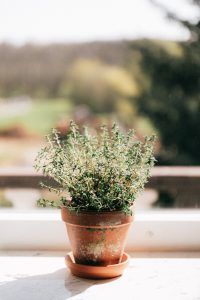
Plant green onions or other herbs on your windowsills or window boxes to take advantage of these small spaces. These areas are best for plants because they get plenty of sunlight.
Vertical Landscaping

For a small space garden, vertical landscaping is a good idea. It’s also pleasing to the eye.
However, you can only plant limited types of crops. These are pole beans, peas, tomatoes, cucumbers and squashes.
You can also put herbs in pots or any vessel and hang them on a wall or a fence.
Hanging Garden
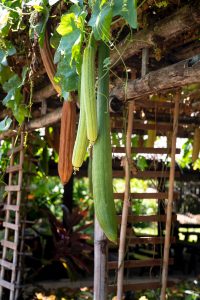
Like vertical landscaping, hanging gardens are perfect for tomatoes and herbs. Other crops that can be hanged are strawberries, lettuce, small Asian eggplant, and other types of peppers.
Plant your crops in a pot that can hold at least a gallon, to allow the roots to grow.
Natural Landscape
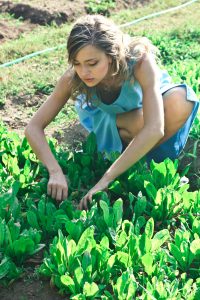
f you still have a patch of lot that can house some vegetable crops, then you can use it to grow your own fresh produce.
Try having a permaculture garden. This garden mimics the characteristics of the natural ecosystem. Layering plants and combining various plant types, from tall trees and vining plants, to seasonal vegetables and root crops, will allow you to have a very abundant lot.
Prepare your small lot for vegetable gardening using a good lawn mower, the best soil around, and quality raised beds for better results.
Communal Greenery
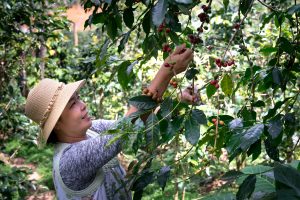
Communal gardens will allow you to not only take care of your crops but also give you a chance to learn from your other garden-enthusiast neighbors. You’ll also get to enjoy the bountiful harvest of other people who contribute in creating your community garden.
Wrapping Up
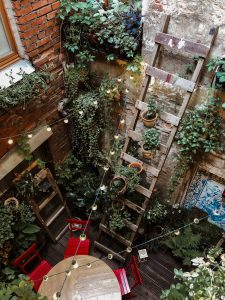
The key to having a satisfying vegetable garden is to plant your favorite vegetables. Crops that produce more harvest with minimum effort are the best ones to plant.
Pole beans, tomatoes, root crops, and green leafy vegetables are examples of plants that produce high yield even with less effort.
Expensive or rare crops are also one of the best plants to grow as it can save you time and effort from going to the market.
Starting your own vegetable garden may be challenging at first but once you keep learning the techniques behind it, you’ll be surprised how you could reap the benefits of your hard work repeatedly.

